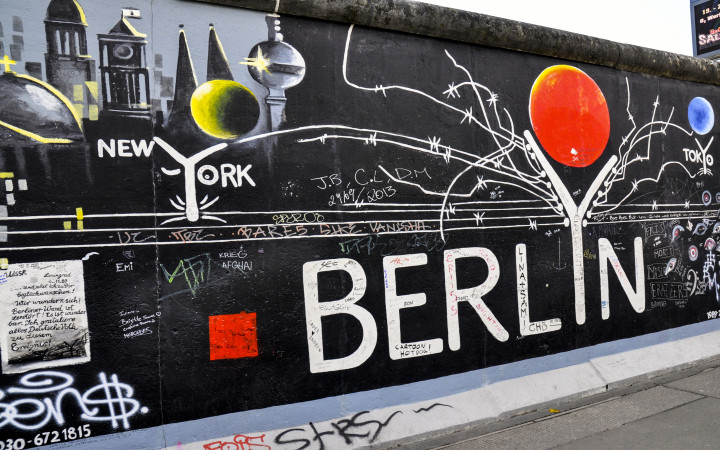Today’s Wonder of the Day was inspired by Caleb. Caleb Wonders, “how are countries borders decided” Thanks for WONDERing with us, Caleb!
Have you ever traveled between countries? What was the experience like? Did you have to show your passport at the border? Maybe you needed special before crossing. Or perhaps you simply walked or drove straight across the border without stopping.
The experience of crossing a border varies depending on which countries are on either side of it. In some cases, nations have open borders. That means people can cross the border without stopping for inspection or to show a passport. Most nations of the European Union (EU) share open borders. Crossing between these countries is similar to traveling between states in the U.S.A.
Other borders are much more restricted. They may be marked by fences or walls. In many nations, people need to stop for inspection before crossing a border. In some places, it’s all but impossible to cross between two nations. One example is North and South Korea. They are separated by a wide border called the Demilitarized Zone (DMZ).
Why do countries have borders? There are several reasons. Borders determine how far a government’s power reaches. People within a country’s boundary have to follow its laws and pay its taxes. If they move or travel to another country, they’ll need to know and abide by the laws set there.
Some borders separate people who have different ways of life. For example, Pakistan split from India in 1947. Pakistan’s majority Muslim population was able to set different laws and customs than the majority Hindu population of India.
In other cases, borders disregard culture and religion. For example, European colonizers set borders for many African nations during the 1800s and 1900s. They did so without from the people who lived there. This has caused a great deal of conflict on the continent, including violent civil wars.
Countries also use borders to control the movement of people. One example is the Berlin Wall. Built in 1961, it separated East Berlin and West Berlin for 28 years. The wall’s main purpose was to stop people from leaving the Soviet-controlled East Berlin.
Borders may also help protect people from illness. During the COVID-19 pandemic, many countries closed their borders to visitors. This was an attempt to slow the spread of the virus.
The U.S.–Mexico border has been in the news lately. In recent years, many people have left South and Central America to come to the U.S. through Mexico. Many are fleeing violence in their home countries. Others are seeking to join family in the U.S. Some simply hope to find jobs with better pay and conditions.
U.S. policies at the border have caused a great deal of controversy. When people try to cross the border without , border agents may send them back. Agents may also hold people in detention centers. Many families have been separated at the border, bringing many calls for change.
National borders can take many forms. Some countries have closed borders marked by fences or walls. Others are more open and easily crossed by visitors. Do you think strong borders are important? Why or why not?
Standards: C3.D2.Civ.3, CCRA.R.4, CCRA.L.3, CCRA.L.6 CCRA.R.10, CCRA.R.2, CCRA.W.2, CCRA.L.2 CCRA.R.1, CCRA.SL.1, CCRA.L.1




